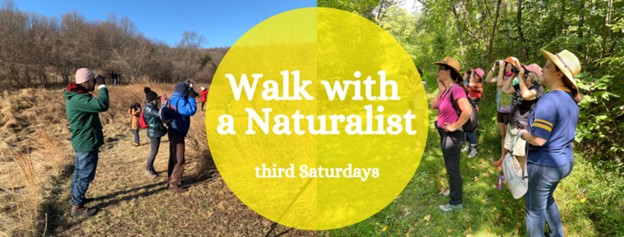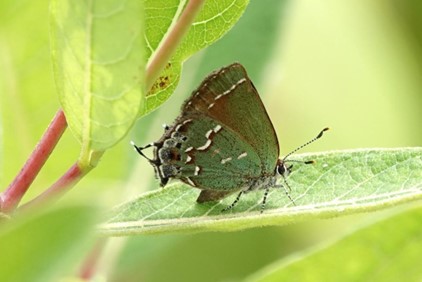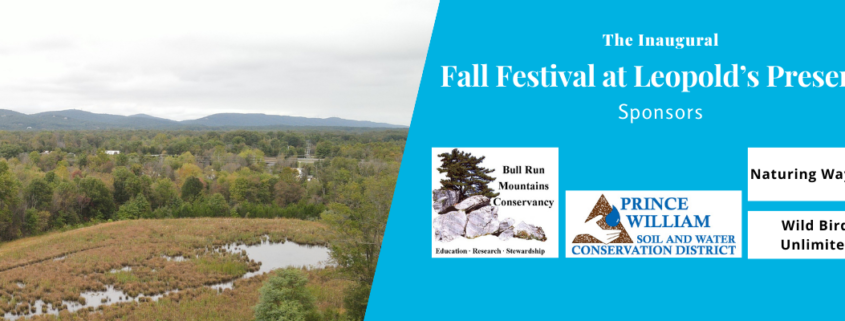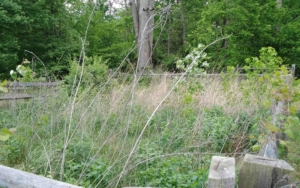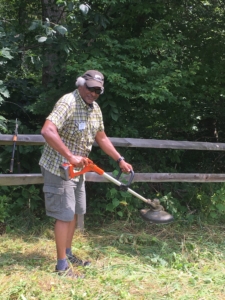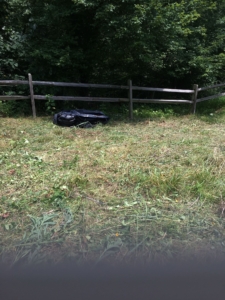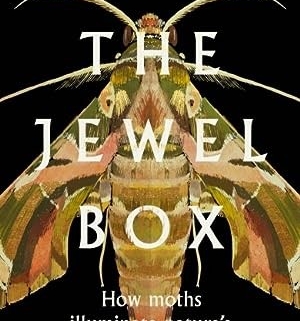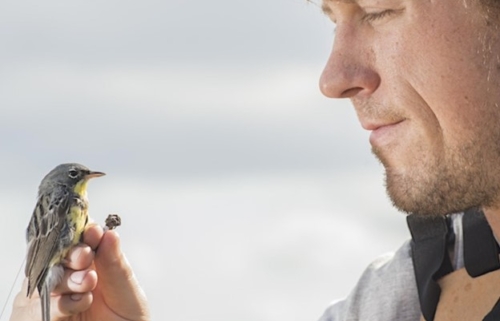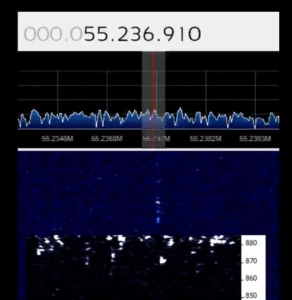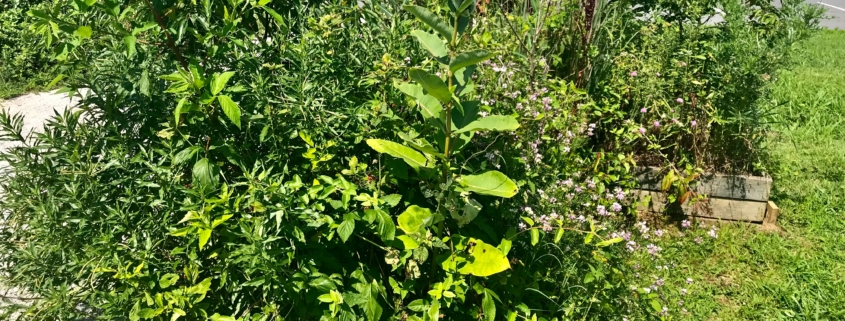Walk with a Naturalist at The Clifton Institute, September 16th
Image Courtesy of the Clifton Institute
Saturday, September 16, 2023
1:00 – 3:00 PM
FREE
The Clifton Institute
6712 Blantyre Rd
Warrenton, VA 20187
Come explore all the Clifton Institute field station has to offer! Walks are led by one of the naturalists on the staff. You never know what we’ll see on the trail!
Age: Adults and children accompanied by an adult.
Weather policy: Date and time subject to change dependent on weather. Please check your email for updates on the morning of the event.
COVID-19 Information: This program will be entirely outdoors (an outside porta potty will be available). Please do not attend if you are experiencing or have experienced in the last two weeks any symptoms associated with COVID-19 (fever, cough, shortness of breath, etc.).
Cancellation policy: If you register and can no longer attend this event, please let us know as soon as possible so that the Clifton Institute can open your spot to someone else.
By registering for this event, you are affirming that you have read and agree to the Clifton Institute liability release policy.
We look forward to seeing you at the Clifton Institute!


